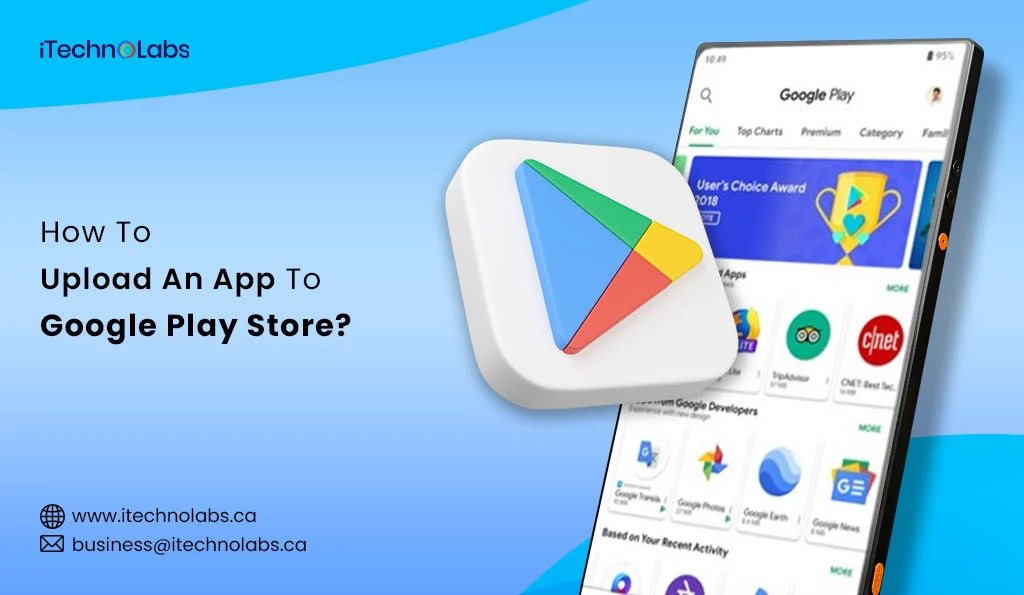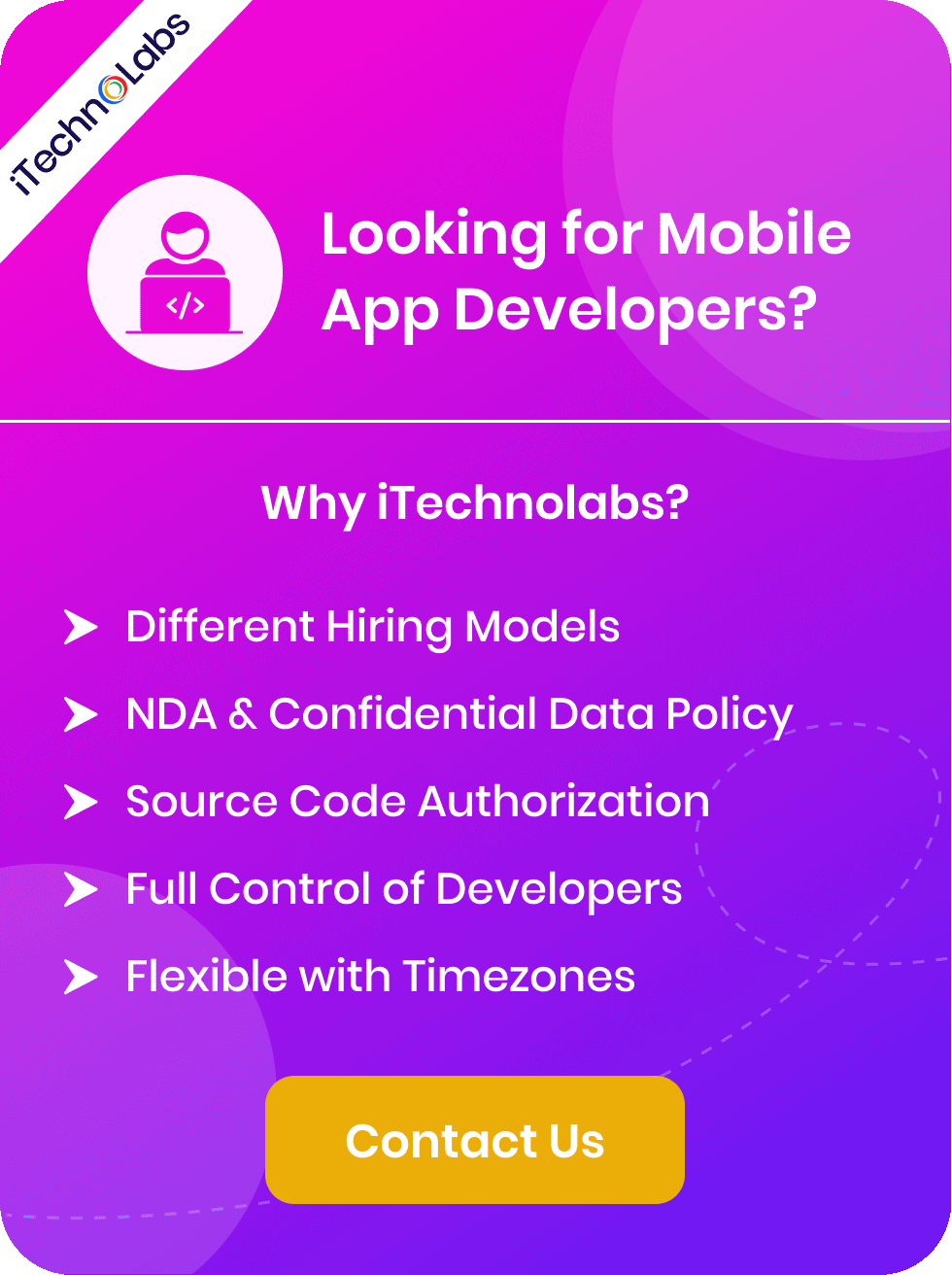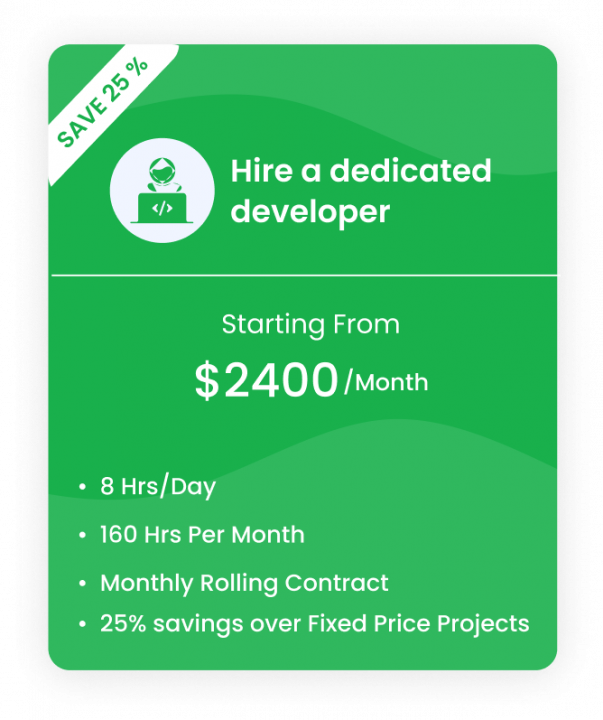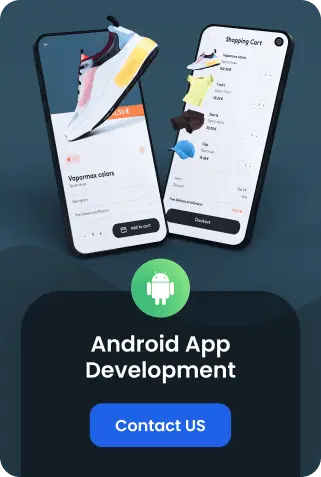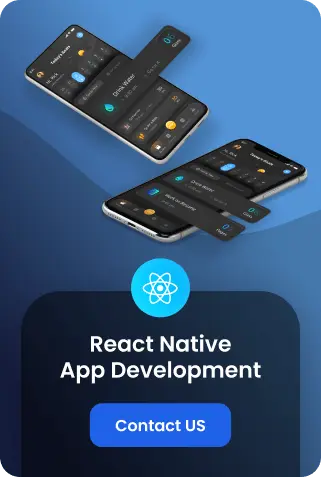AT&T Smart Home Manager is a versatile and comprehensive app that allows users to remotely monitor and manage their home’s Wi-Fi network, connected devices, and internet service with ease. With this app, users can gain real-time information on network activity, track device usage, and set up parental controls to ensure a safe and secure online environment for children. The parental control feature is particularly useful for limiting screen time and blocking inappropriate content, giving parents peace of mind. In this guide, we will discuss the steps involved in building an app like AT&T Smart Home Manager. We will cover the key features of the app, the necessary technologies and tools, and the development process.
Additionally, the app provides detailed insights into which devices are consuming the most bandwidth, making it easier to identify and manage high-usage devices. Users also have the option to pause internet access for specific devices temporarily, which can be particularly handy during family meals or study time.
For those encountering connectivity issues, the app offers troubleshooting tips and solutions to help resolve problems quickly and efficiently. These tips can range from simple steps like restarting the router to more advanced diagnostics to pinpoint and address specific issues.
Overall, AT&T Smart Home Manager is designed to give users greater control and visibility over their home internet experience. It not only simplifies network management but also enhances the security and performance of the home network, ensuring that all connected devices operate smoothly and efficiently. Whether you’re a tech-savvy individual or someone looking for an easy way to manage your home network, this app provides the tools and information you need to optimize your internet experience.
What is the AT&T Smart Home Manager Application?
The AT&T Smart Home Manager application is a powerful tool that allows users to manage and monitor their home network from their mobile devices. It was developed by AT&T, one of the largest telecommunications companies in the world, and it offers a range of features designed to improve the overall internet experience for users.
One of the key features of the app is its ability to control and limit screen time for connected devices. This can be especially useful for parents who want to manage their children’s internet usage and ensure they are not exposed to inappropriate content. By setting up parental controls, users can have peace of mind knowing that their family’s internet usage is safe and secure.
Moreover, the AT&T Smart Home Manager app allows users to prioritize devices and applications on their network. This means that you can choose which devices or apps get priority when it comes to internet speed and bandwidth. For example, if you’re streaming a movie on your TV, you can give it top priority so that it doesn’t experience any buffering or lag.
Another useful feature of the app is its ability to detect and block suspicious activity on your home network. With the rise of smart home devices, security has become a growing concern for many homeowners. The AT&T Smart Home Manager app helps address this concern by identifying and blocking any potential threats or malicious activity on your network.
In addition to these features, the app also provides users with a detailed view of their network performance. This includes information such as internet speed, connected devices, and data usage. By having access to this information, users can identify any issues or areas for improvement in their home network.
Also Read: How to Build a Smart Home App
10 Must-Have Features to Incorporate into Smart Home Manager Apps like AT&T
As smart home technology continues to evolve, managing and controlling all the connected devices in a home has become essential. This is where smart home manager apps, like AT&T’s, come into play. These apps offer a convenient and centralized way to monitor and control various aspects of your smart home.
So what are the must-have features that should be incorporated into a smart home manager app? Let’s take a look:
1. Profile Management
The ability to create and manage different profiles for each user in the household is an important feature to have in a smart home manager app. This functionality ensures that each member of the household can have personalized settings and preferences, tailored to their individual needs and habits. For instance, one user may prefer a cooler temperature in their bedroom at night, while another might want their morning coffee brewed at a specific time. By allowing each person to control their own devices according to their preferences, the smart home manager app enhances user satisfaction and convenience, ultimately leading to a more comfortable and efficient living environment.
2. Speed Test & Signal Strength
A smart home manager app should provide a detailed view of network performance, including internet speed, signal strength, and device connectivity status. This comprehensive feature allows users to identify any issues with their network and take necessary steps to improve it. By offering real-time data, users can pinpoint specific problem areas, such as weak signal zones, fluctuating speeds, or devices that may be causing network congestion, and implement solutions like repositioning routers, adding extenders, or optimizing device placement.
Additionally, the app can offer troubleshooting guides and tips, making it easier for users to resolve common connectivity problems without needing technical support. For instance, it could provide step-by-step instructions on how to reset routers or change network channels to reduce interference. The inclusion of notifications for unusual activity or significant changes in network performance can further help users stay proactive about maintaining a healthy network environment.
It also helps in troubleshooting connectivity problems with devices, ensuring a seamless experience for all connected gadgets, from smart TVs and home assistants to security cameras and thermostats. Furthermore, the app can offer insights into data usage patterns, helping users manage their bandwidth more effectively, avoid potential overage charges, and make informed decisions on whether to upgrade their internet plans. With these added features, users can enjoy a more reliable and optimized smart home network.
3. Connected Device Management
As the number of internet-connected devices in our homes continues to grow, managing them can become a daunting task. However, with the help of smart home apps, users can easily keep track of all their devices and manage them from one central location.
These apps offer a comprehensive view of all connected devices, including their status, network usage, and security settings. This level of control allows users to monitor their devices’ performance and identify any potential issues before they become major problems. Additionally, the app can enable users to set up schedules for specific devices or groups of gadgets, making it easier to manage energy consumption and optimize performance.
4. Parental Controls
Another essential feature offered by smart home apps is parental controls. With more kids getting access to connected devices, parents must have control over what their children can access online.
Smart home apps allow parents to set up filters and restrictions on specific websites or categories of content, ensuring a safe and age-appropriate internet experience for their children. It also offers the ability to set time limits on device usage, helping parents manage screen time and encourage healthy habits.
5. Network Diagnostics & Troubleshooting
One of the most frustrating experiences for internet users is dealing with network issues and troubleshooting problems. Fortunately, smart home apps offer advanced network diagnostics and troubleshooting tools to make this process easier.
Through these apps, users can run diagnostic tests on their home network to identify any potential issues or areas that require improvement. This includes checking for dead zones, optimizing Wi-Fi signal strength, and identifying devices that may be causing network congestion. With this information, users can take the necessary steps to improve their overall internet experience.
6. Guest WiFi Access
Smart home apps also offer the convenience of setting up a separate guest network for visitors to use. This feature allows users to securely share their internet connection without compromising their own network’s security.
Guest WiFi access can be set with a unique password and restricted time limits, ensuring that guests only have access when needed. It provides peace of mind for homeowners while still allowing them to offer hospitality to their guests.
7. Chatbot Support
In addition to providing a user-friendly interface for controlling smart home devices and managing internet settings, some smart home apps also offer chatbot support. This feature allows users to communicate with a virtual assistant or customer support representative directly through the app.
Through the chatbot, users can get quick answers to their questions, troubleshoot issues, and even receive personalized recommendations for their specific needs. It eliminates the need to call a customer service hotline and provides immediate assistance right at your fingertips.
8. Gateway Reboot
Another useful feature that smart home apps offer is the ability to reboot the gateway remotely. This can come in handy if there are any connectivity issues or if a device becomes unresponsive. Instead of having to manually reset the gateway, users can simply do it through the app, saving time and hassle. This function is particularly beneficial for those who travel frequently or manage multiple properties, as it eliminates the need for physical presence to resolve minor technical issues. Additionally, the convenience of remote rebooting ensures that smart home systems remain functional and efficient with minimal interruption, enhancing the overall user experience.
Moreover, smart home apps often come with user-friendly interfaces that make the process of rebooting gateways straightforward, even for those who are not tech-savvy. They may include features such as real-time status updates, alerts for potential issues, and the ability to schedule reboots at convenient times. By integrating these functionalities, smart home apps not only improve the reliability of connected devices but also provide peace of mind for users, knowing that they can maintain control over their home environment from anywhere in the world. This added layer of control and convenience is a testament to the evolving capabilities of smart technology, continually adapting to meet the needs of modern lifestyles.
9. WiFi Map
In addition to managing connected devices, smart home apps can also help users optimize their WiFi network. With the rising use of internet-connected devices, ensuring reliable and stable WiFi coverage throughout a home has become essential. Smart home apps often include features such as WiFi maps, which use signal strength indicators to show areas with weak or no coverage. This allows users to identify dead zones and take necessary steps to improve connectivity.
Moreover, some smart home apps offer advanced features like channel optimization, which automatically switches channels on the router for better performance based on usage patterns. This not only improves overall WiFi speeds but also reduces interference from neighboring networks.
10. User Authentication and Security
As smart home technology continues to advance, so does the need for robust security measures. Smart home apps often include user authentication features, such as multi-factor authentication and biometric login options, to ensure that only authorized users can access the app.
In addition to user authentication, smart home apps also utilize encryption and secure communication protocols to protect the data transmitted between devices. This is especially important when controlling sensitive devices like door locks or security systems.
With these advanced security measures, users can have peace of mind knowing that their personal information and connected devices are safe from unauthorized access.
Smart Home Manager like AT&T: Step-by-Step Development Process
Now that we have discussed the various features and benefits of a smart home manager, let’s take a look at the step-by-step process of developing one like AT&T.
Step 1: Project’s Ideation and Planning
The first step in developing a smart home manager is to come up with a clear project vision and plan. This involves identifying the target market, understanding their needs and pain points, and determining the core features of the app. You should also conduct market research to analyze competitors, define your unique selling proposition, and create user personas. Additionally, it’s important to outline the technical requirements, choose the right technology stack, and set realistic milestones to ensure the project stays on track.
Step 2: UI UX Design Phase
The next step is to design the user interface (UI) and user experience (UX) of the smart home manager app. This involves creating wireframes, mockups, and prototypes that depict the layout, navigation, and functionality of the app. It’s important to consider both aesthetics and usability in this phase to ensure a visually appealing and intuitive design.
During the wireframing process, you’ll outline the basic structure and elements of each screen, focusing on user flow and interactions. Mockups will then add visual elements like colors, fonts, and images to give a more realistic view of the final product. Prototyping allows you to simulate the app’s functionality, providing an interactive model that can be tested and refined. Throughout this process, user feedback should be gathered and incorporated to continually improve the design and ensure it meets the needs of the target audience.
Step 3: Development Phase
With a solid project vision and well-designed UI/UX, the next step is to start development. This involves writing code for each feature and integrating different components to create a functional app. It’s important to follow best practices in coding and ensure the app is scalable, secure, and compatible with various devices.
At this stage, communication between designers and developers is crucial to ensure the final product matches the initial design and user experience goals. Regular testing should also be conducted to identify any bugs or issues that need to be addressed.
Step 4: Testing & Deployment Phase
Once development is complete, the app will undergo rigorous testing to ensure it functions as intended and meets user expectations. This includes both manual and automated testing to catch any potential issues.
After all bugs have been addressed and final adjustments made, the app can then be deployed to the relevant platforms such as the Google Play Store or Apple App Store. It’s important to regularly monitor and gather user feedback post-launch to continually improve the app and address any issues that may arise.
Step 5: Post-Launch Maintenance & Updates
The work doesn’t end after the app is launched. It’s important to continually maintain and update the app to keep it relevant and functioning smoothly. This may include fixing bugs, adding new features, or addressing changes in technology.
Feedback from users should also be incorporated into future updates to ensure the app continues to meet their needs and expectations. Additionally, keeping up with industry trends and user behavior can help guide future updates and improvements for the app.
Read More: Top 10 Smart Home Manager Apps
Factors Influencing the Development Cost of Smart Home Manager Application
Several factors can influence the development cost of a smart home manager application. These include:
1. App’s Platform
The platform on which the app will be developed can greatly impact its cost. Developing for both iOS and Android will require additional resources compared to developing for a single platform, as it involves different coding languages, testing procedures, and maintenance efforts. For instance, iOS apps are typically written in Swift or Objective-C, whereas Android apps are developed using Java or Kotlin. This divergence necessitates separate development teams or a versatile team proficient in both ecosystems. Additionally, the testing processes differ significantly; iOS has a more controlled environment with fewer device variations, while Android’s open environment requires extensive testing across numerous devices to ensure compatibility. Maintenance is also more complex when supporting multiple platforms, as updates and bug fixes need to be implemented separately.
Moreover, apps designed specifically for tablets may also incur higher development costs due to the need for optimized interfaces and possibly additional features to take advantage of the larger screen size. This includes adjusting the layout, scaling graphics appropriately, and potentially incorporating features like split-screen functionality or enhanced multitasking capabilities.
2. UX UI Design
User experience (UX) and user interface (UI) design are crucial elements of a smart home manager application. A well-designed app with an intuitive UX/UI design can significantly enhance the user’s interaction and overall satisfaction, leading to better customer retention rates. The cost of developing a robust UX/UI is dependent on various factors, including complexity, cross-platform support, and graphic design requirements.
A complex application with multiple features will require more time and resources to develop a cohesive UX/UI that delivers a seamless user experience across all devices. Cross-platform support also adds to the development cost, as the UX/UI needs to be adapted for different screen sizes and operating systems. Additionally, the level of graphic design required can vary based on brand guidelines and target audience preferences.
3. Features & Functionality
A smart home manager application can offer a wide range of features and functionalities, depending on the needs and requirements of the user. Some essential features may include remote control of connected devices, scheduling and automation options, energy management tools, security and monitoring capabilities, and integration with voice assistants.
The development cost for these features can vary significantly depending on their complexity. For example, implementing a straightforward remote control function may not require much time or resources compared to developing advanced scheduling or automation options. Additionally, integrating with third-party voice assistants like Amazon Alexa or Google Assistant may incur licensing fees or additional development costs.
4. Security Features
Ensuring the security and privacy of user data is crucial for any smart home manager application. With an increasing number of connected devices, the risk of cyber threats also rises. As a result, incorporating robust security features into the UX/UI design is essential.
These features may include multi-factor authentication, encrypted communication channels, and regular updates to fix any potential vulnerabilities. Implementing such security measures can add to the development cost, but it is a necessary investment to protect user information and maintain customer trust.
5. Third-Party Integration
One of the key benefits of a smart home manager application is its ability to integrate with other devices and services. This can include connecting with popular voice assistants, home automation systems, or even gaming consoles.
The cost of third-party integration will depend on the complexity of the APIs and SDKs used for integration. Additionally, there may be licensing fees involved, depending on the platform or service being integrated.
6. Location of Development Team
The location of the development team can also impact the cost of developing a smart home manager application. Hiring developers from countries with lower labor costs can significantly reduce expenses. However, it is essential to consider the quality and expertise of the development team when making this decision.
Outsourcing development to a reputable company or hiring a remote team may also be more cost-effective options compared to having an in-house team, which would require additional resources such as office space and equipment.
Top 6 Monetization Strategies For Smart Home Manager App Development
Now that we have discussed the various factors that can impact the cost of developing a smart home manager application, let’s explore some monetization strategies to help recoup those expenses and generate revenue. Some ways to monetize a smart home manager app include:
1. Freemium Model
Offering a free version of the app with limited features and charging for premium features is a popular monetization strategy. This allows users to try out the app and see its value before committing to purchasing additional features.
2. Subscription Model
This strategy involves offering a subscription service for accessing the app and its features. It can be a monthly, yearly, or one-time payment plan. This model can provide a steady stream of income for the developers and incentivize them to continuously improve and update the app.
3. In-app purchases
In-app purchases are a common way to monetize mobile apps. Developers can offer additional features, content, or virtual goods for purchase within the app. This can be an effective strategy as users tend to spend more money on in-app purchases compared to upfront payments.
4. Affiliate Marketing
Partnering with companies that offer smart home products and services can be a lucrative way to generate revenue. Developers can earn a commission for promoting these products within the app or through referral links.
5. Advertising
Incorporating ads within the app can also bring in revenue for developers. However, it is important to strike a balance between the number of ads and user experience.
6. Licensing & Partnerships
Licensing the app to other companies or partnering with them to integrate it into their smart home products can also bring in substantial revenue for developers. This strategy not only diversifies the income stream but also helps in expanding the app’s user base. By collaborating with established brands in the smart home industry, developers can increase the app’s visibility and reach, potentially leading to greater adoption and recognition in the market. Additionally, these partnerships can provide valuable feedback for further improvements and innovations.
How Much Does it Cost to Build a Smart Home Manager App like AT&T?
The cost to build a smart home manager app like AT&T’s can vary significantly based on several factors, such as the app’s complexity, features, design, and the development team’s expertise. For instance, a basic app with limited features might cost less, while a more complex app with advanced functionalities like voice control, real-time monitoring, and automation can be more expensive. Additionally, incorporating a user-friendly design and ensuring seamless integration with various smart devices can further influence the overall cost. On average, the development of such an app can range from $50,000 to $200,000, depending on these varying factors.
- Requirement Analysis: The first step involves understanding the specific requirements and goals of the app. This includes identifying the key features, target audience, and platforms (iOS, Android, or both) the app will support. A detailed requirement analysis helps in drafting a clear project scope.
- Design and Prototyping: Once the requirements are clear, the next step is to design the app’s user interface (UI) and user experience (UX). This involves creating wireframes, mockups, and prototypes. A well-thought-out design ensures the app is user-friendly and meets the brand’s aesthetics, which can impact design costs.
- Backend Development: Developing the server-side logic, databases, and APIs that the app will use is crucial. The backend handles data storage, user authentication, and communication between the app and connected smart devices. Robust backend development ensures the app runs smoothly and securely.
- Frontend Development: This step involves coding the app’s user interface and integrating it with the backend. The complexity of the front end depends on the app’s features and design specifications. Including features like real-time monitoring and automation adds to the front-end development effort and cost.
- Integration with Smart Devices: Ensuring the app seamlessly integrates with various smart home devices is a critical step. This may involve working with different protocols and standards (e.g., Zigbee, Z-Wave, Wi-Fi). Compatibility testing with multiple devices ensures a smooth user experience.
Suggested: How Much Does it Cost to Create An App
How can iTechnolabs help you Build a Robust Smart Home Manager Application?
At iTechnolabs, we specialize in developing custom smart home manager applications that cater to your specific needs. Our team of experienced mobile app developers and designers work closely with you to understand your requirements and provide the best solutions.
Through our deep expertise in frontend and backend development, we ensure that your app has a user-friendly interface and robust functionalities. We also have extensive experience in integrating various smart devices, making sure that your app can seamlessly communicate with them.
- Custom Development: Tailored solutions that specifically address your project requirements.
- Experienced Team: Skilled developers and designers with a track record in smart home technology.
- User-Friendly Interface: Design and development of intuitive and easy-to-navigate user interfaces.
- Robust Backend: Secure and efficient backend development for seamless app performance.
- Device Integration: Expertise in integrating various smart home devices using different protocols like Zigbee, Z-Wave, and Wi-Fi.
- Quality Assurance: Comprehensive testing to ensure compatibility, performance, and security.
- Ongoing Support: Continuous maintenance and support services to keep your app updated and running smoothly.
- Scalability: Build scalable solutions that can grow with your user base and add new features as needed.
Are you planning to build an app like AT&T Smart Home Manager?
Contact us!
iTechnolabs offers numerous advantages when it comes to developing a robust smart home manager application. With a team of experienced developers, cutting-edge technology, and a user-centric approach, they ensure seamless integration of various smart devices, providing users with enhanced control and convenience in managing their homes. Here are some key benefits of partnering with us:
- Tailored Solutions: At iTechnolabs, we understand that every client has unique needs and specifications. Our custom development approach ensures that the solutions we provide are specifically tailored to meet your project requirements.
- Expert Team: Our team comprises highly skilled developers and designers with extensive experience in smart home technology. Their technical prowess and understanding of industry trends allow us to create innovative and efficient applications.
- User-Focused Design: We prioritize the user experience. Our design philosophy integrates user-friendly interfaces that are intuitive and easy to navigate, ensuring that users can effortlessly interact with their smart home systems.
- Reliable Performance: A robust backend is crucial for the seamless performance of any smart home manager application. We build secure and efficient backend systems that provide reliable and smooth operation, enabling real-time responses and actions.
- Versatile Device Integration: With our expertise in integrating various smart home devices, including those using protocols like Zigbee, Z-Wave, and Wi-Fi, we ensure that your application can seamlessly communicate with a wide range of devices, offering greater flexibility and control to users.
- Quality Assurance: Quality is our top priority. Our comprehensive testing process ensures that the applications we develop are compatible, perform efficiently, and are highly secure. This minimizes the risk of issues post-launch and enhances user satisfaction.
Important: Top SmartHome Manager Apps for High-Tech Living
Conclusion:
At iTechnolabs, our goal is to provide reliable, user-friendly, and innovative smart home applications that enhance the quality of life for our clients. We are committed to delivering personalized solutions that meet your unique needs and exceed your expectations. With our expert team, versatile device integration capabilities, and rigorous quality assurance process, we are confident in providing top-notch services for all your smart home technology needs.
